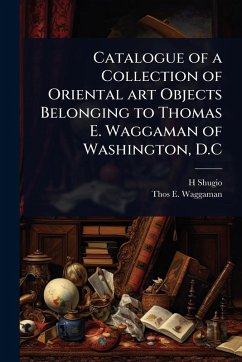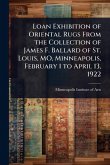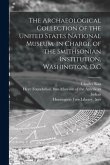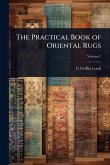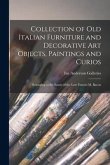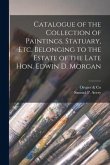This is a catalogue documenting the extensive collection of Oriental art objects belonging to Thomas E. Waggaman of Washington, D.C. Compiled in 1896, this volume provides a detailed inventory of Asian art, offering insights into the artistic tastes and collecting practices of the late 19th century. It is an invaluable resource for art historians, collectors, and anyone interested in the history of Asian art appreciation in the United States. The catalogue details a wide array of objects, reflecting the rich cultural heritage of the East. This historical record provides a glimpse into a significant private collection and is a must-have for researchers and enthusiasts alike. This work has been selected by scholars as being culturally important, and is part of the knowledge base of civilization as we know it. This work was reproduced from the original artifact, and remains as true to the original work as possible. Therefore, you will see the original copyright references, library stamps (as most of these works have been housed in our most important libraries around the world), and other notations in the work. This work is in the public domain in the United States of America, and possibly other nations. Within the United States, you may freely copy and distribute this work, as no entity (individual or corporate) has a copyright on the body of the work. As a reproduction of a historical artifact, this work may contain missing or blurred pages, poor pictures, errant marks, etc. Scholars believe, and we concur, that this work is important enough to be preserved, reproduced, and made generally available to the public. We appreciate your support of the preservation process, and thank you for being an important part of keeping this knowledge alive and relevant.
Bitte wählen Sie Ihr Anliegen aus.
Rechnungen
Retourenschein anfordern
Bestellstatus
Storno

